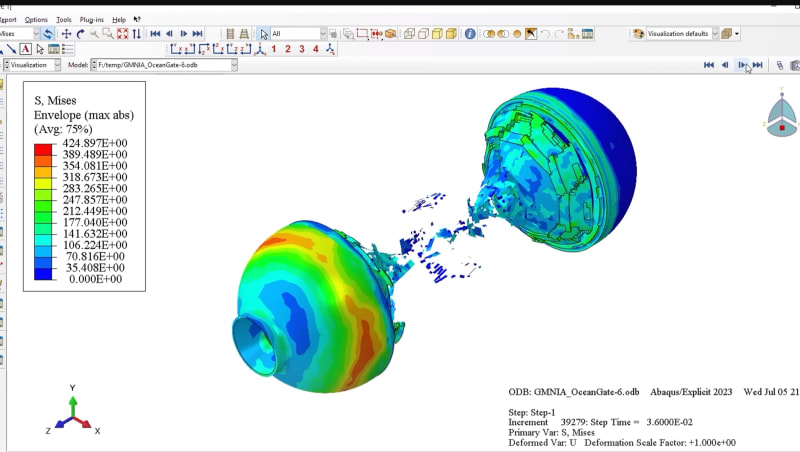JStephen
Mechanical
- Aug 25, 2004
- 8,695
Seeing the information above on the underwater explosions reminds me of this video- skip to 9:13 or so to see the effect: Specifically, he is shooting an oversized rifle into ballistic gel material intended to simulate, to some extent, typical flesh.
Of interest, you can see distinct flashes where the gel rebounds back into the cavity formed even after the bullet is long gone.
This guy has some interesting content if you can overlook some bluster- a lot of his videos are improved by skipping the first minute or so.
On the discussion of strength of the epoxy- concrete strength is considerably higher when confined, although normally measured in an unconfined condition- I wonder if this is taken into account here?
Of interest, you can see distinct flashes where the gel rebounds back into the cavity formed even after the bullet is long gone.
This guy has some interesting content if you can overlook some bluster- a lot of his videos are improved by skipping the first minute or so.
On the discussion of strength of the epoxy- concrete strength is considerably higher when confined, although normally measured in an unconfined condition- I wonder if this is taken into account here?





